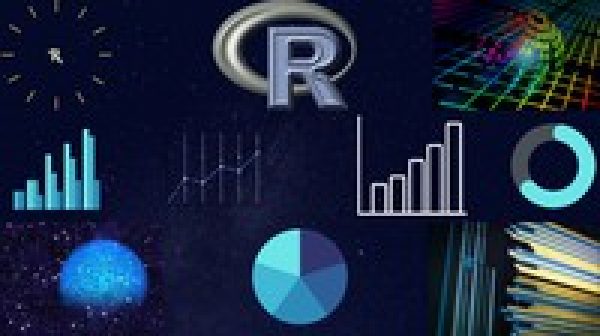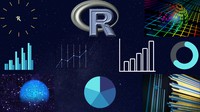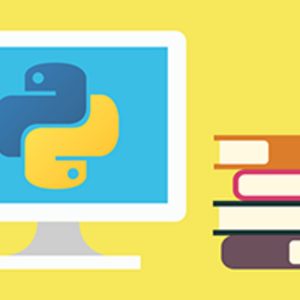
R is an open source software – a well organized and sophisticated package – that facilitates data analysis, modelling, inferential testing and forecasting. It is a user friendly software which allows to create new function commands to solve statistical problems. It runs on a variety of UNIX platforms (and similar systems such as LINUX), Windows and Mac OS.
R is the most preferred open–source language for analytics and data science. At Microsoft, R is used by its data scientists, who apply machine learning to data from Bing, Azure, Office, and the Sales, Marketing, and Finance departments. Twitter has been using R for measuring user–experience. On the other hand, the cross–platform compatibility of R and its capacity to handle large and complex data sets make it an ideal tool for academicians to analyze data in their labs.
R can be used for simple calculations, matrix calculations, differential equations, optimisation, statistical analysis, plotting graphs, etc. Also, it is useful to anybody who wishes to undertake extensive statistical computations and data visualization.
Any data analysis is incomplete without statistics. After getting the data, any statistical analysis starts with descriptive statistics which aims to extract the information hidden inside the data. The tools of descriptive statistics are based on mathematical and statistical functions which are to be evaluated using the software. The statistical software are paid as well as free. Most of the statistical software are paid software. A popular free statistical software is R.
Specification: Basics of R Software for Data Science
|
User Reviews
Be the first to review “Basics of R Software for Data Science” Cancel reply
This site uses Akismet to reduce spam. Learn how your comment data is processed.

| Price | $12.99 |
|---|---|
| Provider | |
| Duration | 4.5 hours |
| Level | All |
| Language | English |
| Certificate | Yes |
| Quizzes | Yes |
| Year | 2021 |

$19.99 $12.99






There are no reviews yet.